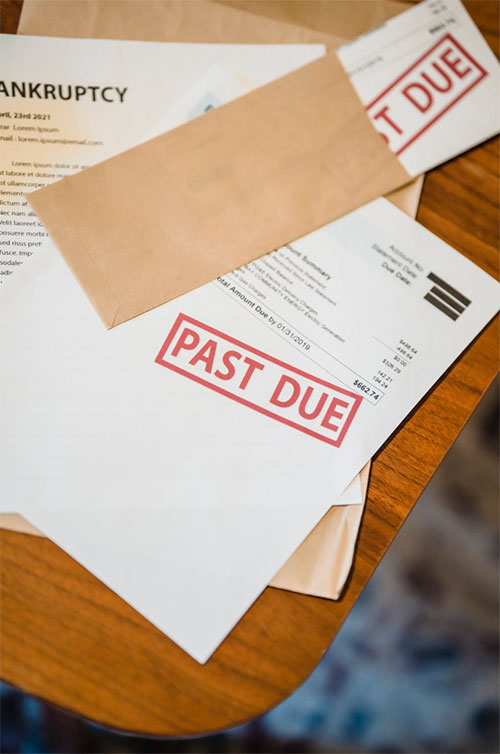Going through bankruptcy can be an arduous journey, leaving individuals with financial burdens and a damaged credit history. However, rebuilding credit after bankruptcy is essential for regaining financial stability and qualifying for future loans or mortgages. In this guide, we will explore effective strategies to rebuild credit, the importance of payment history, the role of secured cards, and steps to improve overall financial health post-bankruptcy.
 Understanding the Credit Rebuilding Process: Rebuilding credit after bankruptcy requires addressing the five factors that determine credit scores: payment history, amounts owed, length of credit history, credit mix, and new credit. While bankruptcy negatively impacts payment history, other areas can be worked on to improve creditworthiness.
Understanding the Credit Rebuilding Process: Rebuilding credit after bankruptcy requires addressing the five factors that determine credit scores: payment history, amounts owed, length of credit history, credit mix, and new credit. While bankruptcy negatively impacts payment history, other areas can be worked on to improve creditworthiness.- Focus on Existing Bills: Prioritize timely payment of current bills to prevent further damage to your credit. Pay off any debts not fully discharged during bankruptcy to rebuild payment history and lower overall owed amounts.
- Consider a Secured Card: Applying for a secured credit card can be a viable option. By providing a cash deposit as collateral, secured cards offer an opportunity to demonstrate responsible credit usage. Start by making small monthly purchases and paying them off in full to rebuild positive payment history.
- Monitor Credit Reports and Scores: Regularly check your credit reports and scores to ensure accuracy and monitor progress. Utilize online services or obtain a free credit report from each bureau annually. Take immediate action to rectify any errors found.
- Patience and Persistence: Rebuilding credit is a gradual process that requires patience. As time passes and positive information is added to credit reports, the impact of bankruptcy lessens. Bankruptcies typically remain on credit reports for 7 to 10 years, but consistently responsible behavior can lead to improvement.
- Improve Overall Financial Health: To set a strong foundation for credit recovery, focus on enhancing overall financial health:a. Craft a Budget: Track spending and income to ensure you spend less than you earn, helping pay down debt and build savings.b. Build an Emergency Fund: Establish an emergency fund to handle unexpected expenses without relying on credit. Start with a small amount and gradually increase it over time.
c. Reassess Your Relationship with Credit: Evaluate your spending habits and consider limiting credit card usage to avoid overspending. Start with one card, charge a small recurring expense, and set up automatic payments.
What types of credit can I get after bankruptcy?
Secured loans, such as secured credit cards and credit-builder loans, are more accessible after bankruptcy as they require collateral or a cash deposit.
Rebuilding credit after bankruptcy is a journey that requires diligence, responsible financial habits, and time. By focusing on improving payment history, utilizing secured cards, monitoring credit reports, and enhancing overall financial health, individuals can gradually rebuild their creditworthiness. Remember, patience and persistence are key, and positive changes in credit scores will follow responsible financial behavior.



